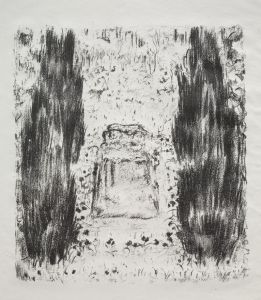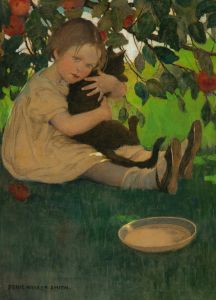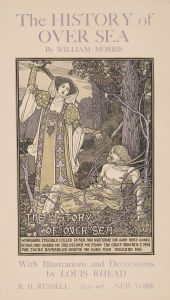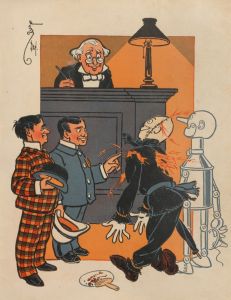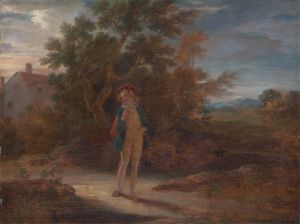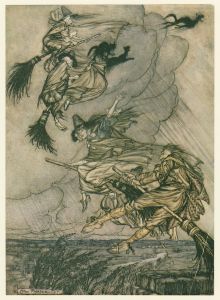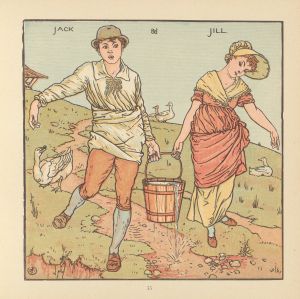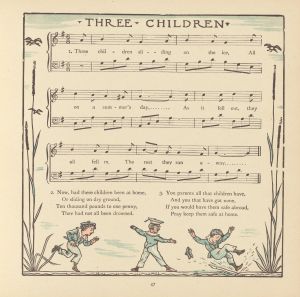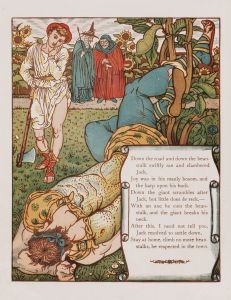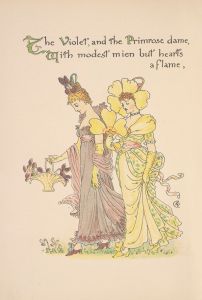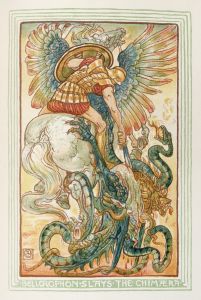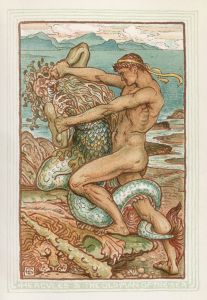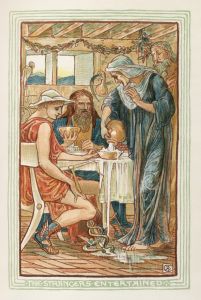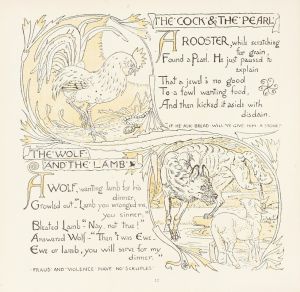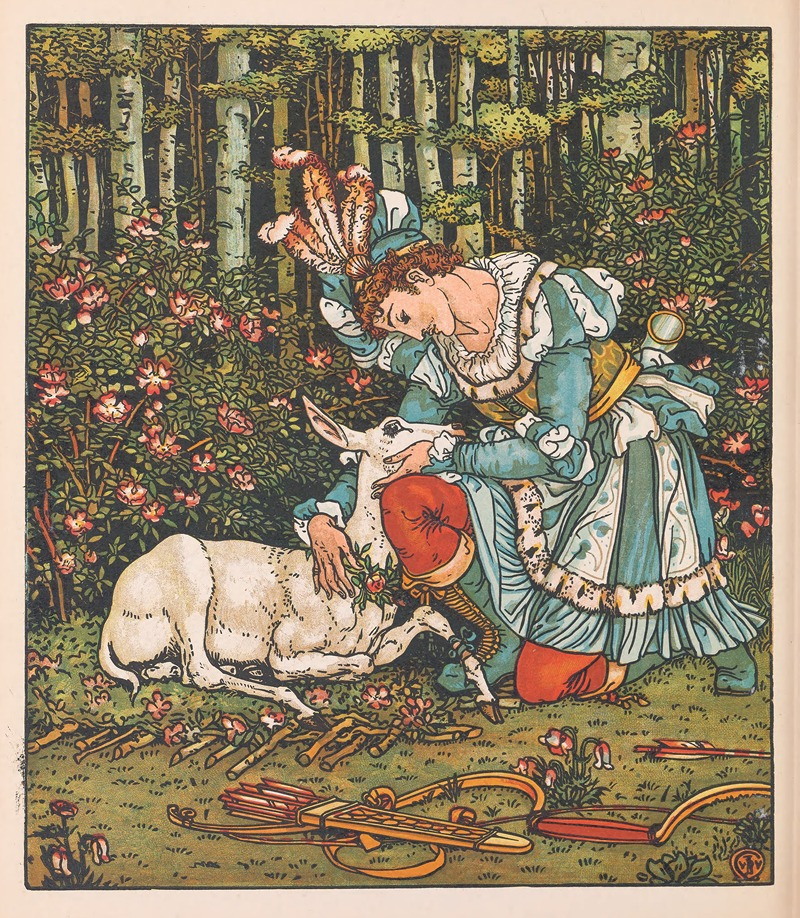
Beauty and the beast Pl. 17
A hand-painted replica of Walter Crane’s masterpiece Beauty and the beast Pl. 17, meticulously crafted by professional artists to capture the true essence of the original. Each piece is created with museum-quality canvas and rare mineral pigments, carefully painted by experienced artists with delicate brushstrokes and rich, layered colors to perfectly recreate the texture of the original artwork. Unlike machine-printed reproductions, this hand-painted version brings the painting to life, infused with the artist’s emotions and skill in every stroke. Whether for personal collection or home decoration, it instantly elevates the artistic atmosphere of any space.
Walter Crane was a prominent English artist and illustrator, known for his contributions to the Arts and Crafts Movement and his work in children's book illustrations. One of his notable works is the illustration "Beauty and the Beast Pl. 17," which is part of a series of illustrations created for the fairy tale "Beauty and the Beast."
Walter Crane was born on August 15, 1845, in Liverpool, England. He was deeply influenced by the Pre-Raphaelite Brotherhood and the ideals of the Arts and Crafts Movement, which emphasized traditional craftsmanship and the decorative arts. Crane's work often featured intricate designs, vibrant colors, and a strong sense of narrative, making him a key figure in the development of children's book illustrations during the late 19th century.
"Beauty and the Beast Pl. 17" is one of the illustrations Crane created for the story "Beauty and the Beast," a classic fairy tale that has been retold in various forms since its earliest known version by French novelist Gabrielle-Suzanne Barbot de Villeneuve in 1740. The tale was later abridged and popularized by Jeanne-Marie Leprince de Beaumont in 1756. Crane's illustrations for "Beauty and the Beast" were part of a larger project to illustrate a series of fairy tales, which were published in the late 19th century.
Crane's illustration style is characterized by its attention to detail and the use of decorative elements that enhance the storytelling. In "Beauty and the Beast Pl. 17," Crane captures a moment from the story with a focus on the emotional exchange between the characters. His use of line and color creates a sense of depth and movement, drawing the viewer into the scene. The illustration reflects Crane's ability to convey the narrative's mood and themes through visual elements, a skill that made him a sought-after illustrator during his time.
Walter Crane's work on "Beauty and the Beast" and other fairy tales was part of a broader effort to make high-quality illustrated books accessible to children and families. His collaboration with publishers like George Routledge & Sons helped to establish a standard for children's literature that combined artistic excellence with engaging storytelling. Crane's influence extended beyond illustration; he was also involved in design, wallpaper, and textile work, contributing to the aesthetic principles of the Arts and Crafts Movement.
Crane's legacy as an illustrator is marked by his ability to blend art with narrative, creating works that continue to be appreciated for their beauty and craftsmanship. His illustrations for "Beauty and the Beast" remain a testament to his skill and creativity, capturing the imagination of readers and viewers alike. Walter Crane passed away on March 14, 1915, but his contributions to art and illustration continue to be celebrated and studied for their impact on visual storytelling and design.





